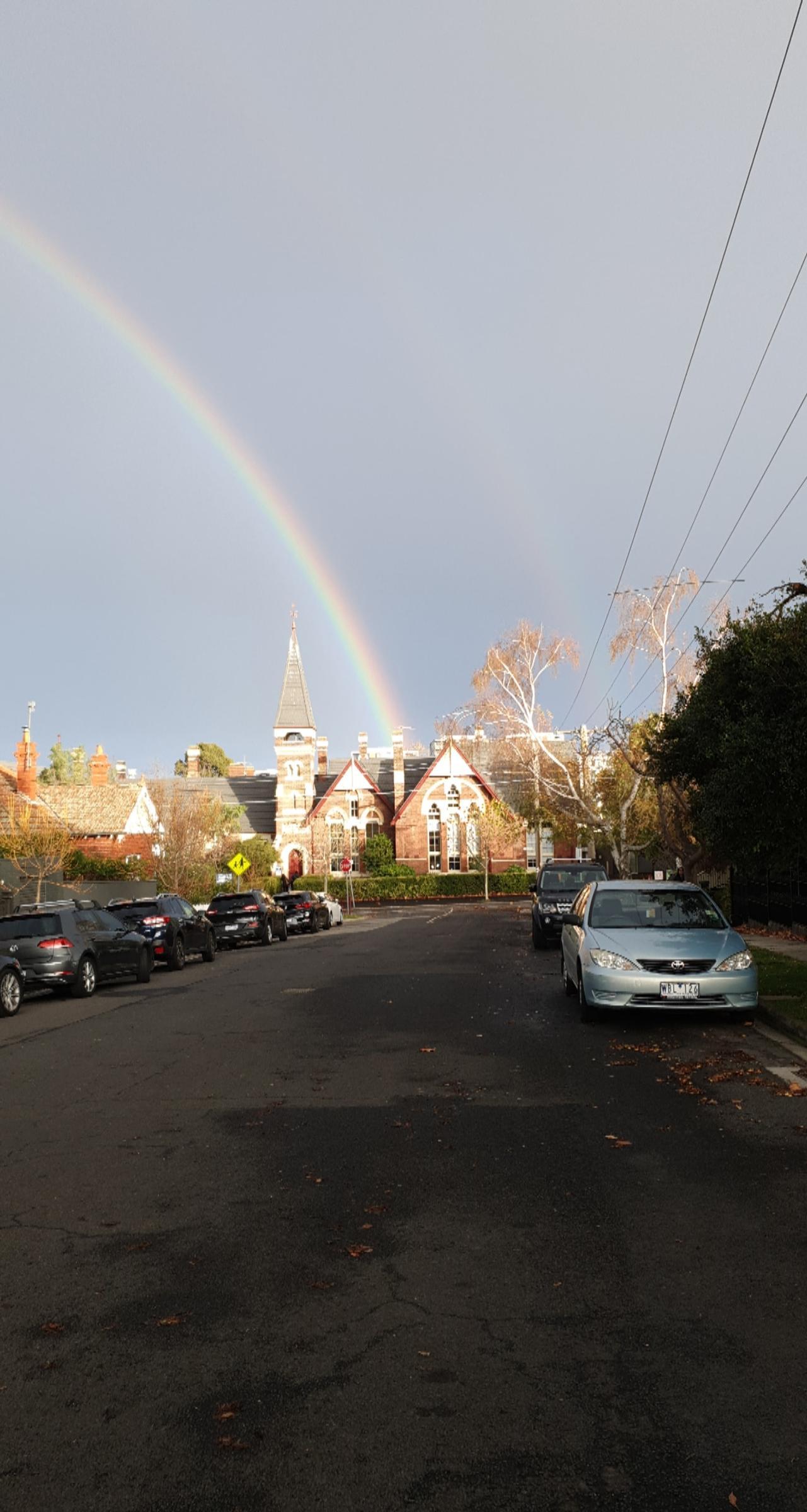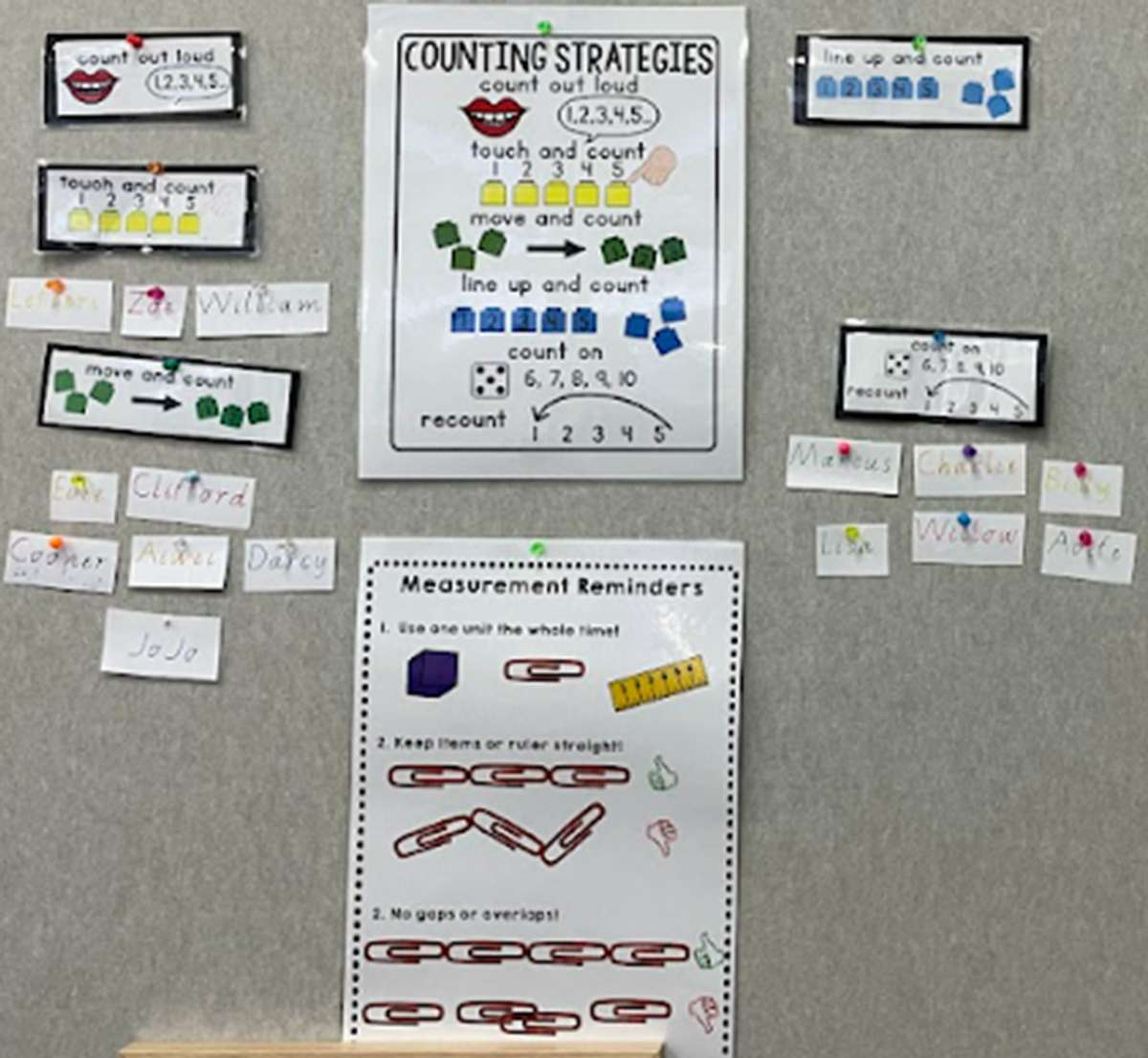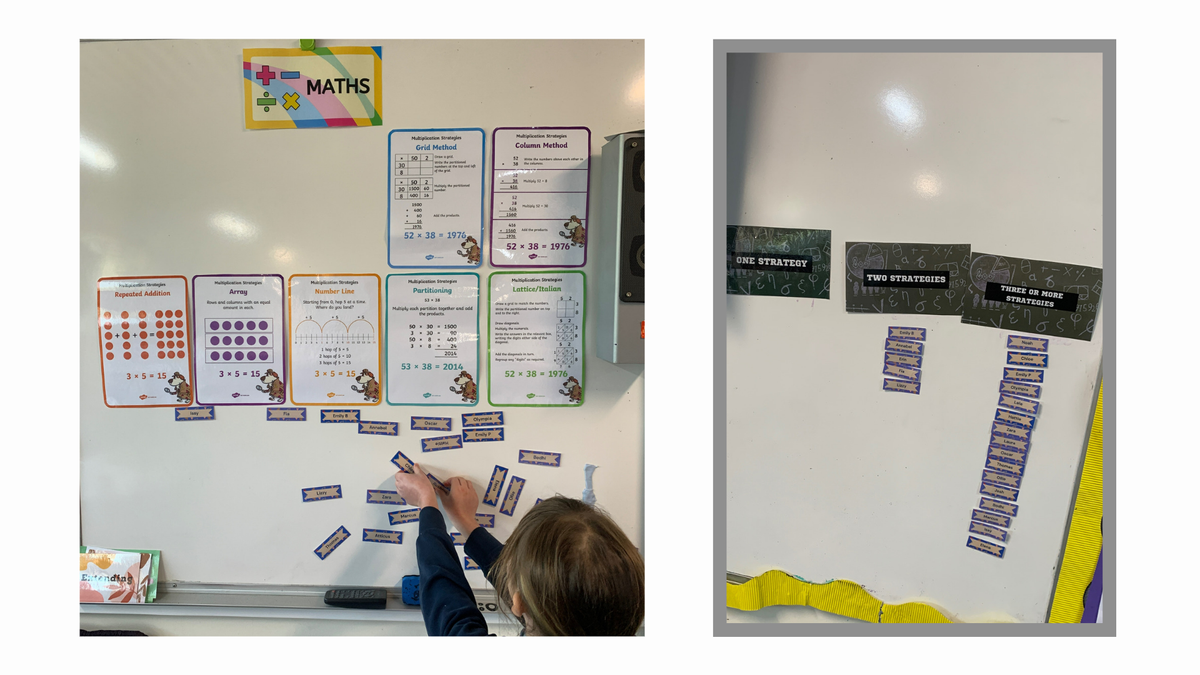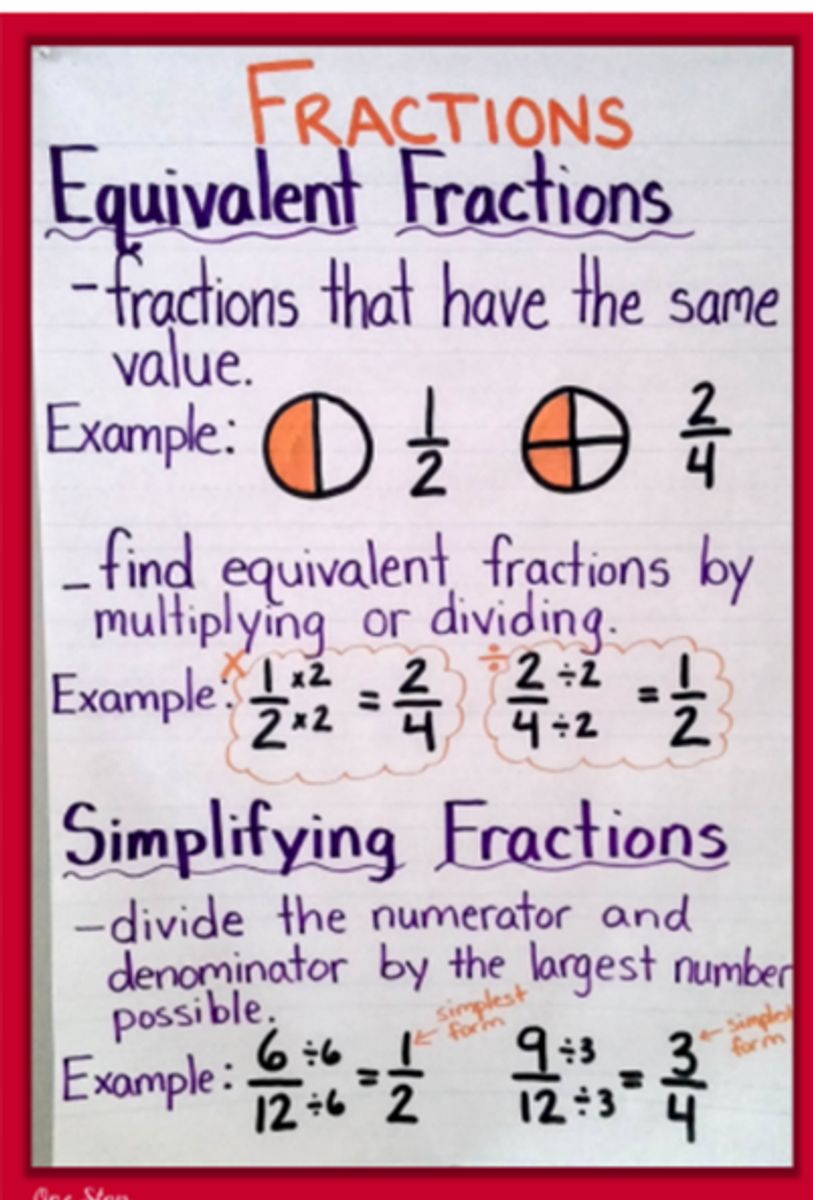Principal's News

MATHS – How does my child know how they are tracking as a mathematician and what do they need to do next?
Supporting children to take ownership of their learning is powerful. Power of possibility for students to be active agents in their learning and their desire and will act’ (O’Rourke and Addison; EdPartnerships International 2017, ‘What is Learner Agency?’).
As a school, we have committed to ways we can do this. Developing our anchor charts has been key to this. These may appear as classroom displays, but they are, in fact, powerful teaching tools. Children are supported to use anchor charts to develop their understanding of strategies and skills and understanding.
These are examples of anchor charts children use in their classrooms:
PREPS – Counting Strategies Anchor Chart
YEAR 3/4 – MULTIPLICATION STRATEGIES ANCHOR CHART
The aim of this classroom display is to help children be aware of the various strategies they can use to multiply and to encourage them to use more than one strategy.
YEAR 5/6 – EQUIVALENCE IN FRACTIONS ANCHOR CHART
This chart helps children to find equivalence in fractions.
The focus of our Bulletins this week is to highlight Maths. Your child will come home with a Maths task they have engaged in at school. Accompanying the experience will be an anchor chart or rubric that supports you and your child in determining what they understand and what growth will look like.
The rubric below is an example the prep children will be bringing home:
| 🌟 Great Job! | 😊 I’m Getting There | 🚀 I Can Keep Practicing | |
| Comparing Weights | I can compare and order things by how heavy or light they are using objects like blocks or stones. | I can compare some objects by how heavy or light they are, but I still need help sometimes. | I am learning to tell which objects are heavier or lighter with some help. |
| Estimating Weights | I can make appropriate estimates about how heavy or light something will be. | I try to estimate how heavy or light something will be. | I am still practicing how to make estimations about weight. |
| Using Scales | I can use scales to accurately measure weight. | I can use scales to measure weight with support. | I am learning to use scales and understand what the results mean. |
Rochelle Cukier and Connie Apostolos
Principal's



